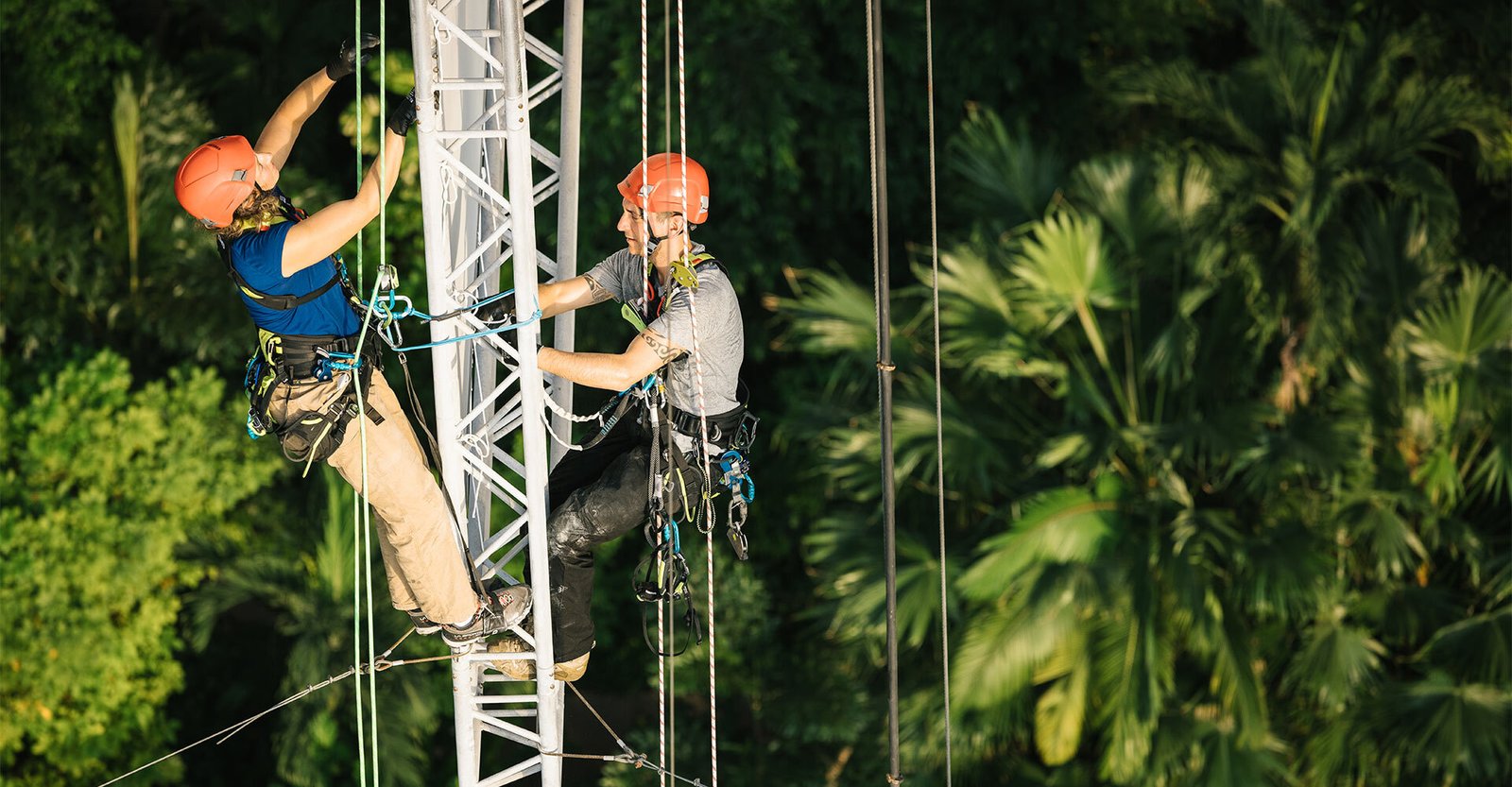Selecting the Right Rope Access Harness for Safe and Effective Work
Safety is the first and foremost priority for those working at a certain height. A well-designed rope access harness is essential for ensuring the safety and effectiveness of workers who rely on ropes for access. The most suitable harness provides comfort and security, allowing workers to perform their tasks, without unnecessary strain. With so many options available, selecting a suitable harness can be challenging.
This article explores critical factors to consider when choosing the best rope access harness for your specific needs, ensuring safety and efficiency in the workplace.
Comfort and Fit
One of the most important factors when choosing a rope access harness is comfort. Workers often spend long hours suspended in the harness, prioritizing comfort. A poorly fitting harness can cause discomfort and fatigue, in addition to lesser productivity and safety risks. Look for a harness with adjustable straps tailored to fit your body size and shape. Padded leg loops and shoulder straps can also add to comfort, reducing pressure on key points during prolonged use. A well-fitted harness allows workers to move freely and focus on the task without getting distracted.
Durability and Strength
The durability and strength of a rope access harness are crucial for ensuring safety. The materials used in the harness should be strong enough to withstand the weight of the worker, as well as any additional equipment they may be carrying. Look for harnesses made from high-quality, abrasion-resistant materials that can endure harsh working conditions. Ensure that the harness meets industry safety standards, an assurance of the fact that the harness has passed rigorous testing for strength and reliability.
Features and Attachments
Different work environments require different features in a rope access harness. Consider the type of work you will be doing when evaluating the harness’s features. Some harnesses come with multiple attachment points for tools or equipment, while others offer added safety features like built-in shock absorbers. Choose a harness with enough attachment points to accommodate the tools you need without overcrowding. If you work in an environment with frequent use of ropes and pulleys, a harness with easy-to-reach attachment points for ropes can improve both safety and efficiency.
Inspection and Maintenance
Regular inspection and maintenance are essential for ensuring the longevity and safety of your rope access harness. Before each use, you must check the harness for signs of wear and tear, such as fraying straps or damaged buckles. Manufacturers often provide guidelines to inspect and care for their harnesses, which must be followed closely. Store the harness in a dry, cool place when not in use to prevent damage from environmental factors. Proper maintenance keeps the harness remains in good working condition and extends its lifespan.
Conclusion
Selecting the most suitable rope access harness is essential for ensuring the safety and comfort of workers in high-risk environments. A well-chosen harness should offer a secure fit, durable construction, and the right features for your tasks. Factors like comfort, strength, and regular maintenance, can help you choose a harness that meets safety standards and enhances work performance. Investing in a suitable rope access harness keeps workers safe and productive while performing tasks at height. Always prioritize quality and safety when selecting equipment for critical work.






